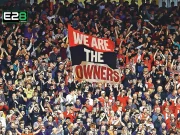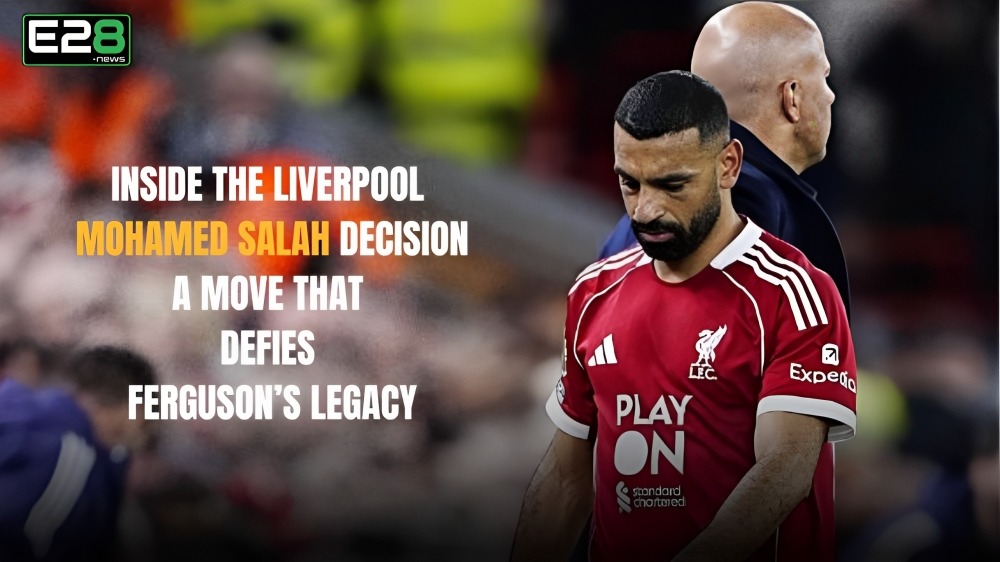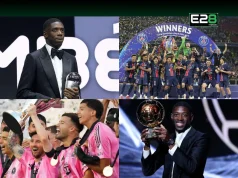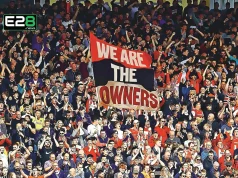The Liverpool Mohamed Salah Decision has become one of the most debated topics in English football this season. It’s a story that goes beyond tactics, touching on legacy, leadership, and the delicate balance between loyalty and progress.
Liverpool, England’s most decorated club, have not retained a league title since 1983–84. Now, amid another Premier League campaign, questions are resurfacing about whether the Reds have lost the ruthless edge that once defined their dominance — the very edge that Sir Alex Ferguson mastered at Manchester United.
The Liverpool Mohamed Salah Decision: Form, Age, and Decline
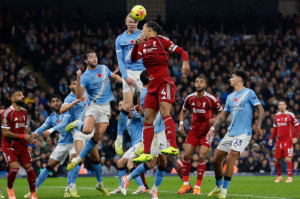
When Manchester City cruised to a 3–0 victory over Liverpool, one talking point dominated headlines — the Liverpool Mohamed Salah Decision. The Egyptian forward, long the club’s talisman, turned in another subdued display that reignited debate over his current form and long-term future.
At 33, Salah’s influence is visibly waning. While his track record as one of world football’s most consistent attackers is undeniable, each quiet performance adds weight to the argument that Liverpool should have acted differently last summer. Many now believe that the Liverpool Mohamed Salah Decision — to keep him instead of selling at his peak — has hindered the team’s evolution.
Sir Alex Ferguson’s success was built on decisiveness. He knew that sustained dominance required emotional detachment — knowing when to refresh the squad, even at the expense of beloved stars.
He proved it by parting with icons such as Ruud van Nistelrooy and Roy Keane, despite their importance to Manchester United. Those ruthless calls paved the way for new dynasties.
Read more:-
- Xabi Alonso Faces Two Key Challenges Ahead of Rayo Vallecano Clash – La Liga 2025–26
- Erling Haaland Premier League 2025/26: ‘I’ve Never Felt Better Than This Season
In contrast, the Liverpool Mohamed Salah Decision seems driven by sentiment. Rather than accepting that Salah’s peak years might be fading, the club chose familiarity over foresight — a move very un-Ferguson-like in its emotion-first reasoning.
Liverpool’s current rebuild under Arne Slot depends on integrating new stars like Florian Wirtz and Alexander Isak. But that process has been slowed by the Liverpool Mohamed Salah Decision.
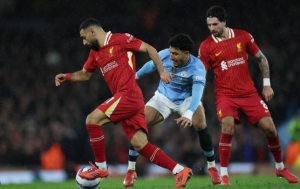
As long as Salah remains the attacking focal point, the team’s system continues to orbit around him — limiting tactical flexibility. Slot now manages two versions of Liverpool: one shaped by Salah’s influence, and one envisioned for life after him.
This split identity has created inconsistency and delayed the next generation’s rise. For a team that prides itself on forward-thinking recruitment, the Liverpool Mohamed Salah Decision feels like an emotional detour from strategic evolution.
Financial Logic Behind the Liverpool Mohamed Salah Decision
From a financial standpoint, the Liverpool Mohamed Salah Decision might still yield benefits. The club’s decision to extend his contract ensures a high resale value, particularly with persistent Saudi Pro League interest. A future sale could still bring in considerable funds.
However, the cost of holding on may outweigh the gain. This season could be viewed as a lost transition year, one that prevented Wirtz, Isak, and others from fully adapting. The short-term comfort of keeping Salah may have come at the long-term price of progress — a trade-off Ferguson would never have accepted.
Can the Liverpool Mohamed Salah Decision Be Redeemed?
History shows that writing off Mohamed Salah is always risky. Time and again, he’s answered criticism with goals and glory. If he rediscovers that spark, the entire Liverpool Mohamed Salah Decision may look justified.
Still, age and wear are unforgiving. His explosiveness, sharpness, and intensity have declined, visible even during contract talks last season. Unless he returns to his peak form soon, this decision will continue to look like a missed opportunity for strategic renewal.



